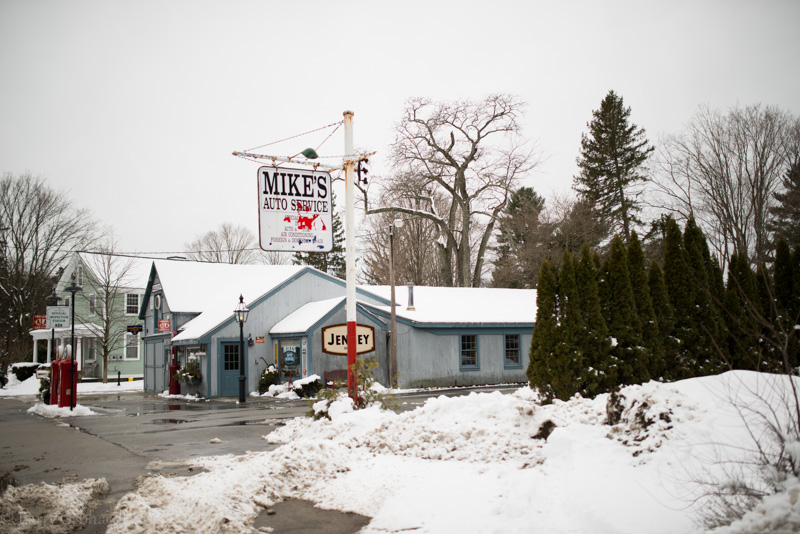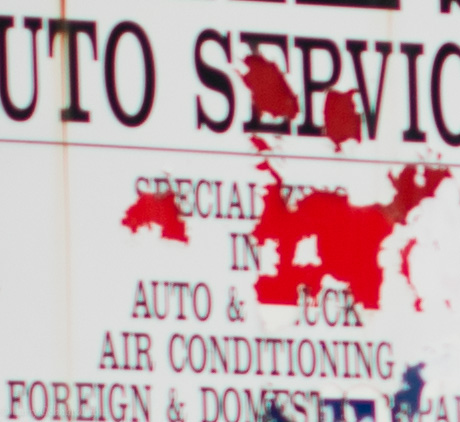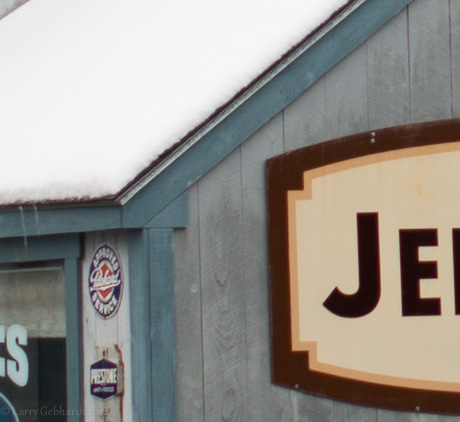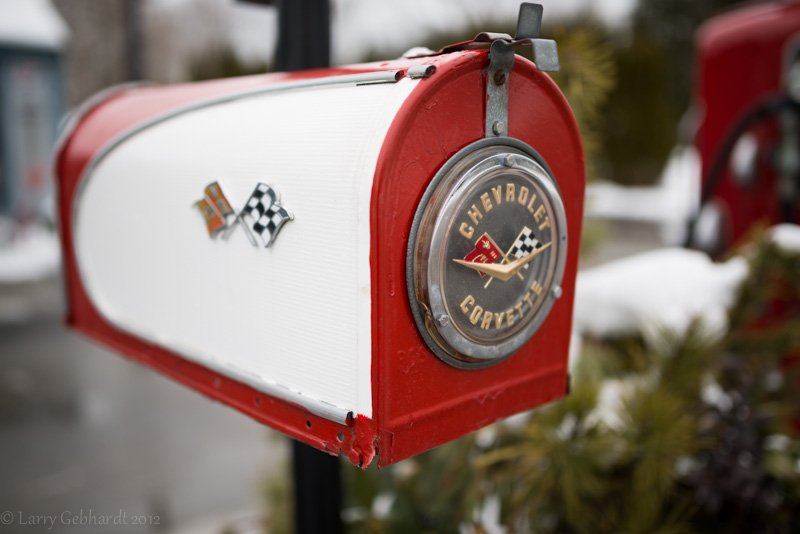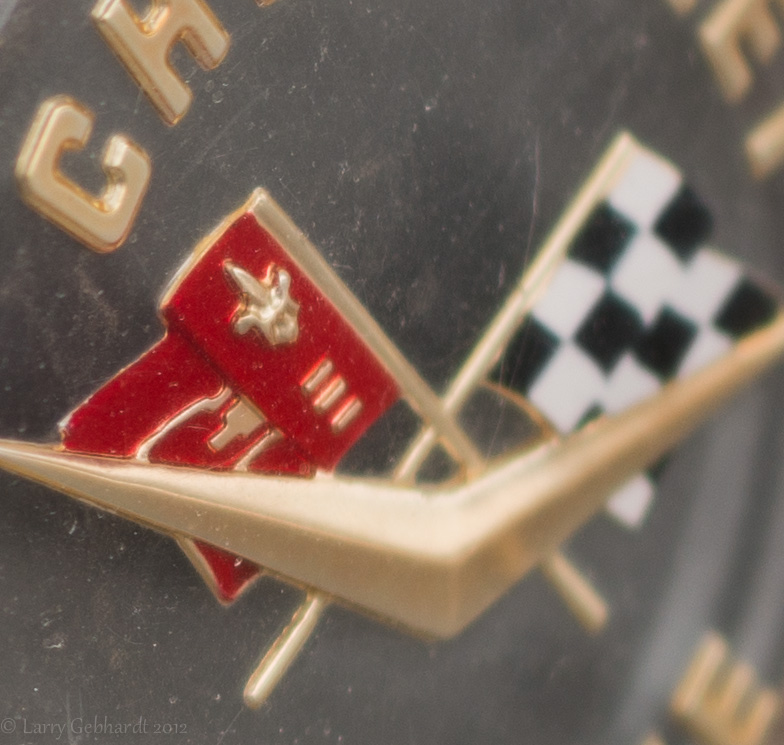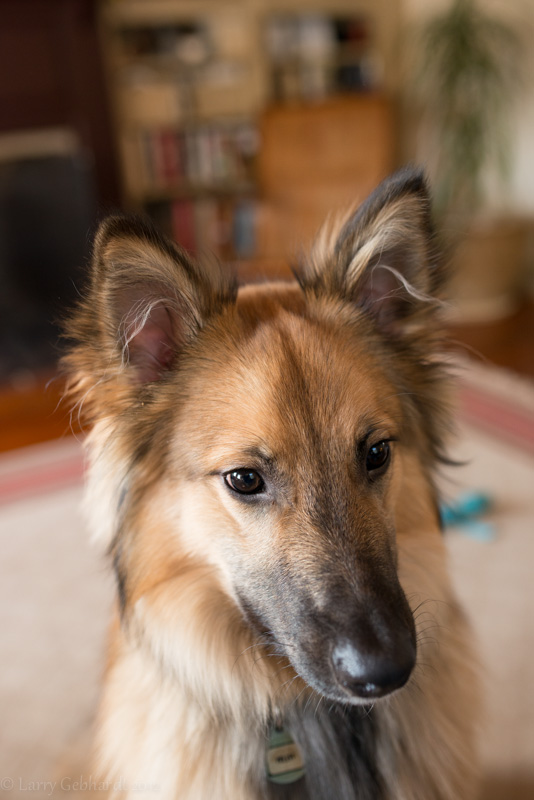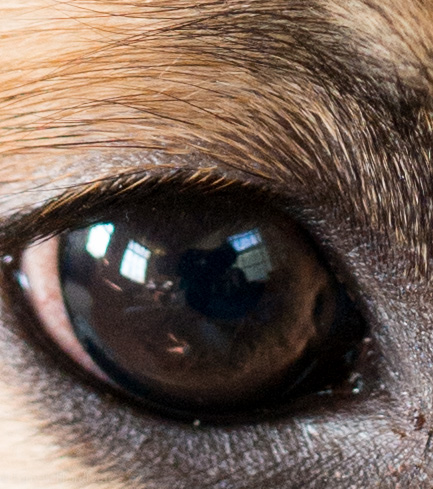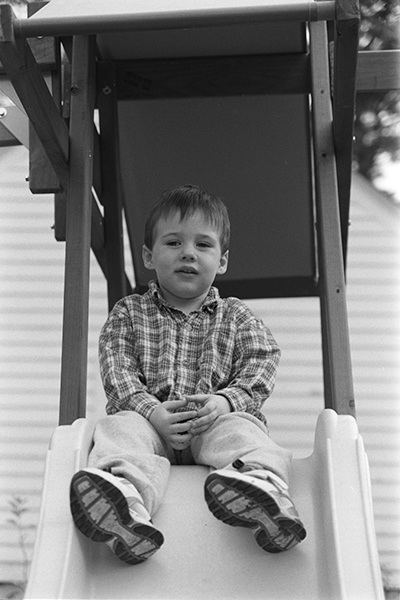
The full frame of my son, William, sitting on a slide. Delta 400 film shot on a Nikon N80. Unsure of the lens. Digitized with the D800E and Rodagon D 75mm f/4
I have many rolls of 35mm black and white negatives and color slides that I have never printed, and never scanned. I also have boxes of color negative film, but luckily we had lab prints of these. Even better most of these rolls have the prints with the negatives. Most of the 35mm film pictures are record type shots taken to remember an event, a look, or just because. The bulk of these are from the period right after when my kids were born up until I bought my first digital camera.
I’ve had a small darkroom for a while now in the spare bathroom, but I only printed a small fraction of the pictures I took, and then only the ones on black and white film.
I wanted a way to print the color slides I took, and I wasn’t prepared to start color printing in the darkroom at that time. So when the Canon FS4000US scanner came out in 2001 I bought one. It was a cheaper competitor to the Nikon scanners that I really wanted, but I could afford the Canon. The scanning was reportedly of the same quality, but it reportedly wasn’t built as well and lacked the ability to batch scan. I also think the film holders were not as good. Despite these negative points the experts all said it was an excellent scanner for home or light professional use. Combined with the new photo inkjet printers I was set. The quality at the time was very satisfactory. I could significantly crop and still make nice 8×10 prints.
For new film I scanned a few frames from each roll that I thought I might want to print or share online. But scanning a full roll took too much time with this setup. I still made contact prints of my black and white film in the darkroom, and continued to get lab prints from the color negatives. The slides got viewed and maybe a few scans were made. But mostly all the film sat in binders, to be tackled another day. Sadly only the lab prints got any significant viewing. There were also many rolls from before I got the scanner that I never went back through. Needless to say I have a whole lot of images I haven’t seen in the last decade, and most other people have never seen.
Fast forward 12 years. In that time I bought a digital camera, or 10, for the record type pictures and moved my art photos to a mixture of medium and large format cameras. I also have a fair number of record type pictures on medium format film as well. The digital images are easy to view, and I enjoy going back over them in Lightroom. Most aren’t technically great, but there’s enjoyment to be had watching my kids grow up again, or remembering a trip or just a simple hike.
Last summer I bought a PB-4 macro bellows for my Nikon D7000 to use for macro. The idea was only to get the movements of a view camera for flowers and such with the DSLR, since the bellows had limited tilt and shift capabilities. But it arrived with a slide copy attachment, which got me thinking. So I tried it with a 55mm AIS macro lens and some slides. The results were pretty good, at least in the center. About on par with the Canon scanner. But it was fast. About 15 minutes to scan a roll of 36, and I could probably go faster. I put it aside though because the quality on the edges made it difficult to justify the time to scan a bunch. But it really had potential.
Going through the contact prints and slides looking for a few images around Christmas last year I got to thinking how much I wanted all the old images moved into LightRoom as well. But the thought of scanning them on the FS4000US is not something I am looking forward to. As I see it I have a few options:
1) I could scan them on the FS4000US. I used to run the scanner on a Windows machine with a SCSI card. But my MacBook Pro doesn’t have a SCSI card. The scanner does however support USB1. The shipped software is incompatible with modern systems, but surprisingly with ViewScan the scanner is still fully functional on the latest Mac computers (and probably Windows). But with the USB1 interface each scan takes about 10 minutes. However Viewscan can be setup to automatically scan all the images in the holder. So 4 slides, or 6 negatives, at once can be done. I can do other things while the scanner does it’s thing.
2) I could buy a faster and better scanner for bulk scanning. I have looked at a few other scanners on the market, but none really look much better than what I have. A few will batch scan uncut rolls, but mine are all cut. I could buy a Nikon LS5000 with a slide feeder, but that only covers the slides and is expensive.
3) I could also send them out to be scanned, but that’s cost prohibitive and I don’t want my film sent over to India as the more affordable places do. But time is money, and ScanCafe seems to get decent reviews online. At least Ken Rockwell seems to like it. At $0.22 a scan that can add up fast. About $8 a roll, and I figure I have 400 rolls of film to scan.
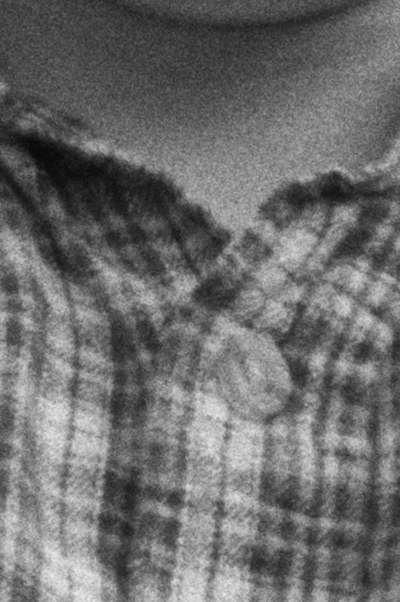
A crop of the above image. Delta 400 film shot on a Nikon N80. Unsure of the lens. Digitized with the D800E and Rodagon D 75mm f/4. No sharpening was applied (sharpening was set to 0). Simply inverted with a correction curve in Lightroom. Exported using Photoshop CS6.
When the negative is evaluated with a loupe it appears the scan captured almost all of the information on the frame.
4) Finally, I now have a Nikon D800E, and I’ve been playing around with the bellows setup again. I switched to using an enlarging lens instead of the Nikon macro lens since the sharpness was better. I further found out there are lenses designed for 1 to 1 copying. I just got a 75mm f/4 Rodagon D, and it’s incredibly sharp across the entire frame. I think this combination of a full frame camera and a lens optimized for 1 to 1 reproduction really works well.
I am going to see how fast I can get with the DSLR and the bellows. I know it does a good job with both the black and white film as well as the color slides. In fact the slides scan cleaner on the D800E than on the scanner. I haven’t compared it to my drum scanner, but at first glance they look to have less noise than that as well.
In a future post I will write up how I do the scanning. I hope to document the process for myself and others. I also plan on working out how to handle color negatives. I’m pretty sure they can be made to scan well with the DSLR. I also plan on scanning a reasonable sample size of the film I have to see if there are any issues, especially if trying to do it myself is penny wise and pound foolish.
And just for fun I’ll show the same negative scanned on the Canon FS4000US, the D800E, the ScanMate 5000 drum scanner, and even an old Epson 4870 flatbed.
Stay tuned…
